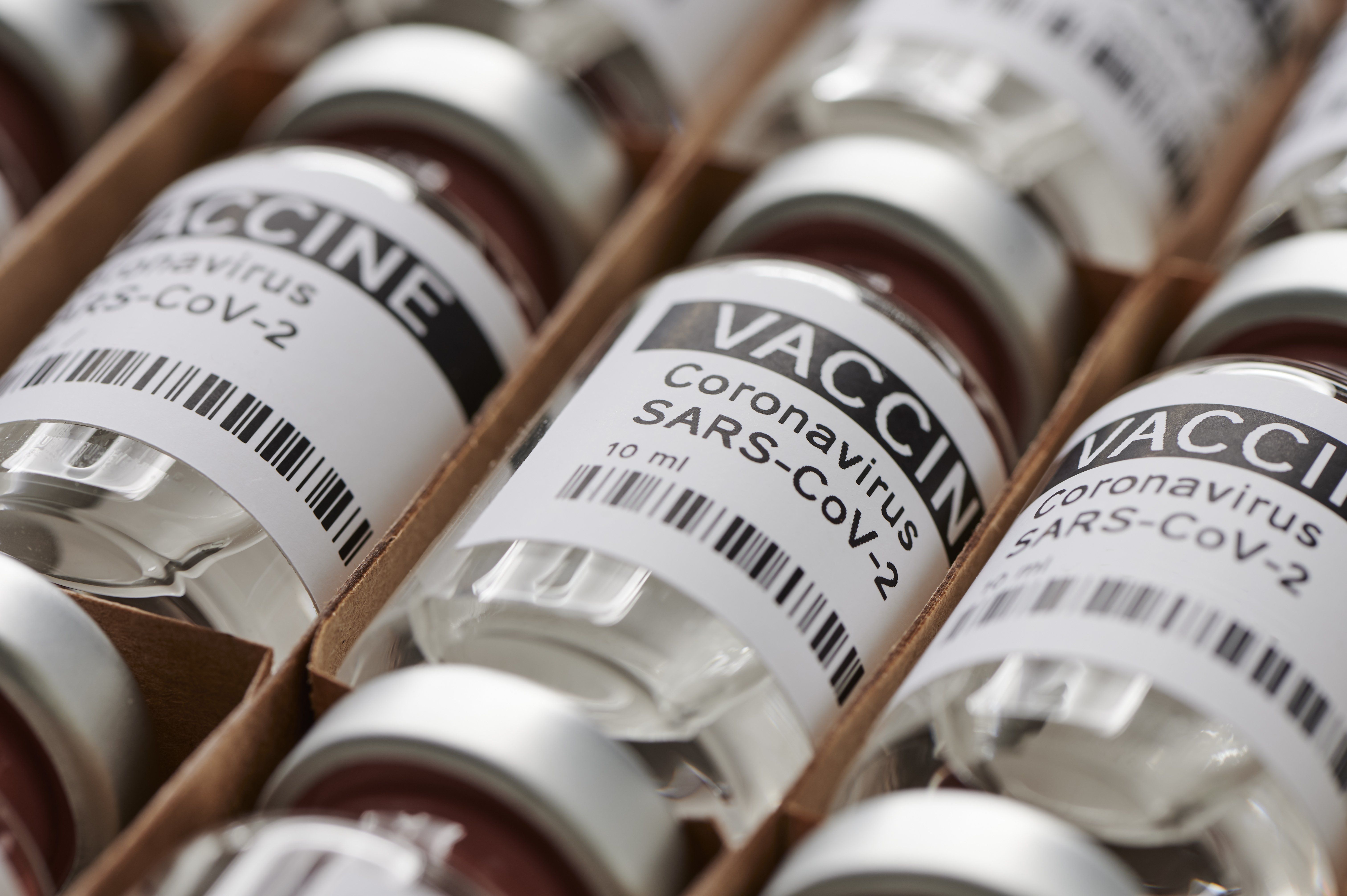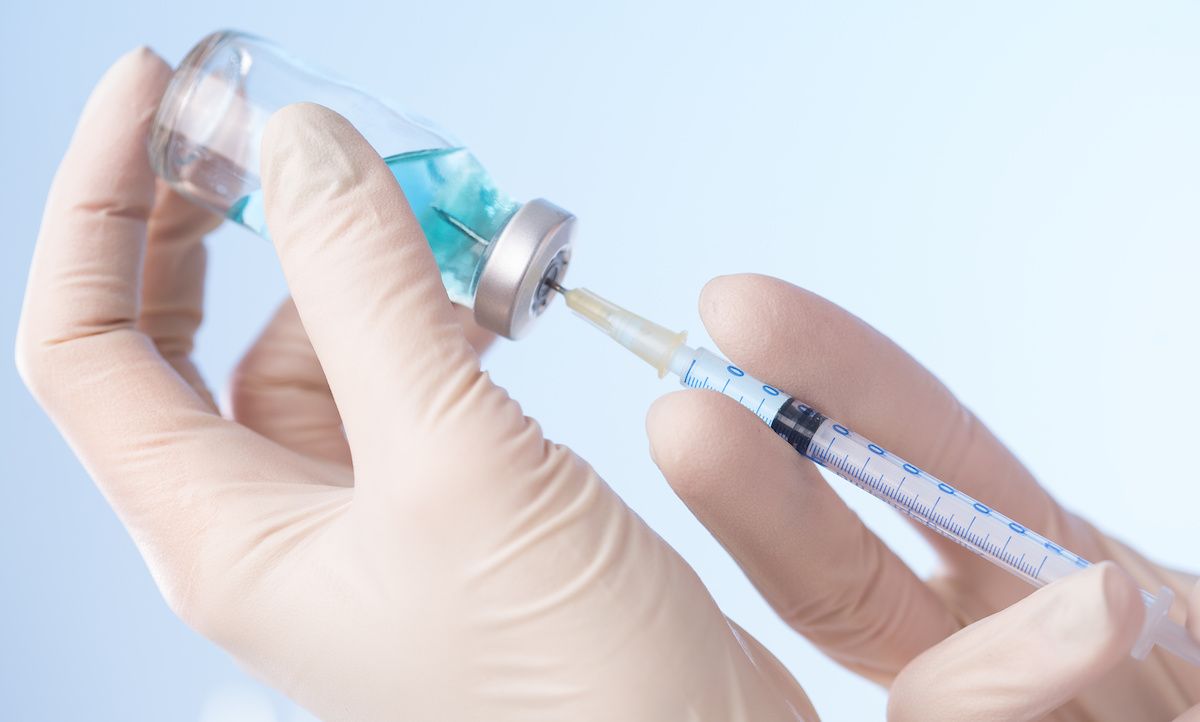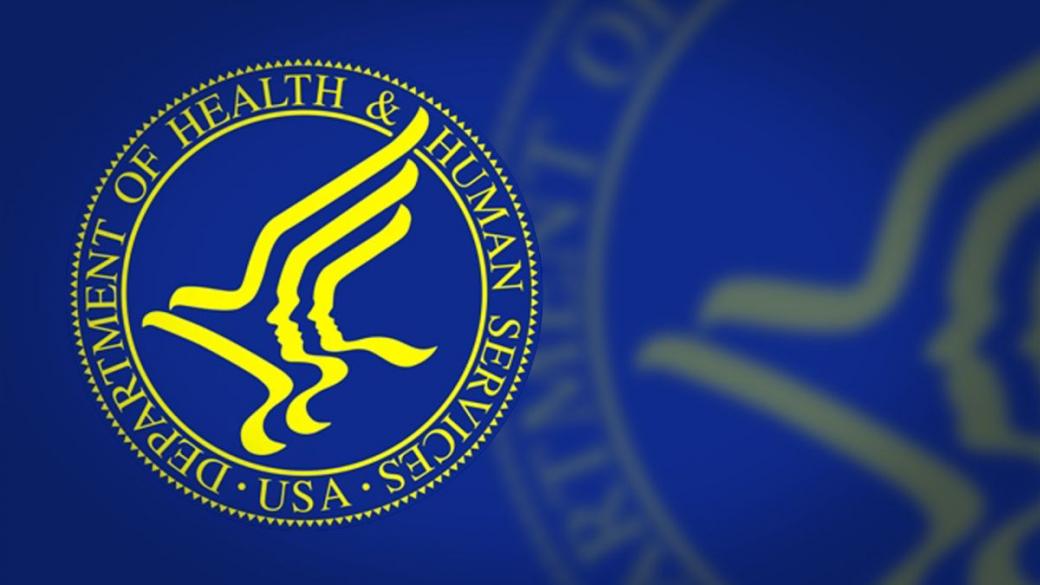Article
Coronavirus: Oxford vaccine candidate boosts immune response
Author(s):
The candidate is a joint effort of Oxford University and AstraZeneca.

A vaccine candidate being produced by Oxford University and AstraZeneca to combat the COVID-19 coronavirus has shown promise in early-stage human trials.
According to a study, in a phase ½ single-blind, randomized controlled trial of the vaccine candidate, called ChAdOx1 nCoV-19, produced a strong immune response with predominantly mild and moderate unsolicited adverse events in the 28 days after the injection.
The immune spike peaked 28 days after injection among the about 1,000 test subjects. The subjects median age was 35 years old, there was a nearly equal split between men and women, and the vast majority, 90.9 percent, were white, according to the study.
Previously, AstraZeneca received $1 billion from the U.S. Health Department’s Biomedical Advanced Research and Development Authority (BARDA) to develop, produce, and deliver the possible vaccine starting this fall. AS part of that deal, AstraZeneca has concluded the first agreement for at least 400 million doses and has secured capacity for one billion doses. The first deliveries will begin in September. The program includes a phase III clinical trial with 30,000 participants and a pediatric trial.
This is not the first positive news regarding a possible vaccine for COVID-19 as last week the results of another trial were published with positive results.
The vaccine candidate mRNA-1273 was tested in a phase one dose-escalation open-label trial of 45 healthy adults between the ages of 18 and 55. The participants received two vaccinations 28 days apart in three distinct dosages in March and April. The study found after the first vaccination antibody responses were higher in patients who received higher doses of the vaccine candidate. These antibodies increased after the second dose of mRNA-1273. After the first injection more than half of the volunteers reported adverse reactions including fatigue, chills, headache, myalgia, and pain at the injection site. After the second dose the adverse effects were more common especially in those that received the highest dose, while three participants who received the highest dose reported one or more severe adverse reactions, according to an article in The New England Journal of Medicine.
2 Commerce Drive
Cranbury, NJ 08512
All rights reserved.





